From the history of the own names of the aircraft of Russia during the war
For the courage and heroism of the aircrew in the battles against the German fascist invaders, many units and units of the Air Force, fighter aviation, air defense and naval aviation of the Navy were given honorary titles. Often they were applied to the fuselages of combat vehicles, where they coexisted with government awards received by air formations or personally pilots for aerial victories. A good example is the aircraft from the 231 th assault aviation Roslavl Red Banner Order of Bogdan Khmelnitsky Division, as well as the 2 Guards Bomber Bryansk Aviation Corps.
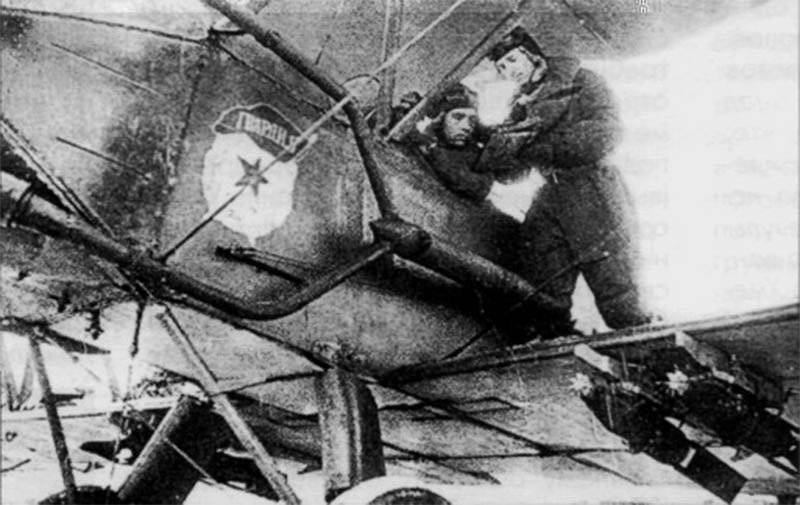
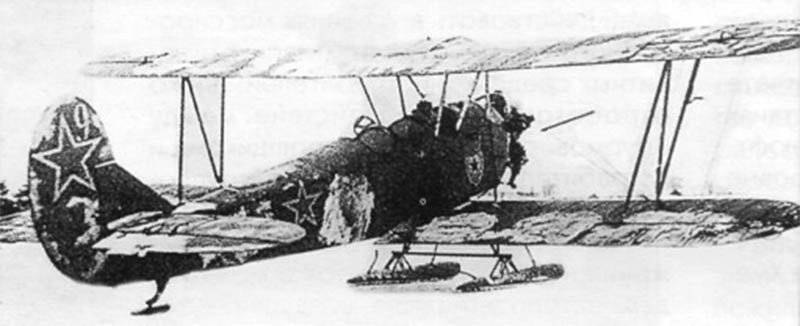
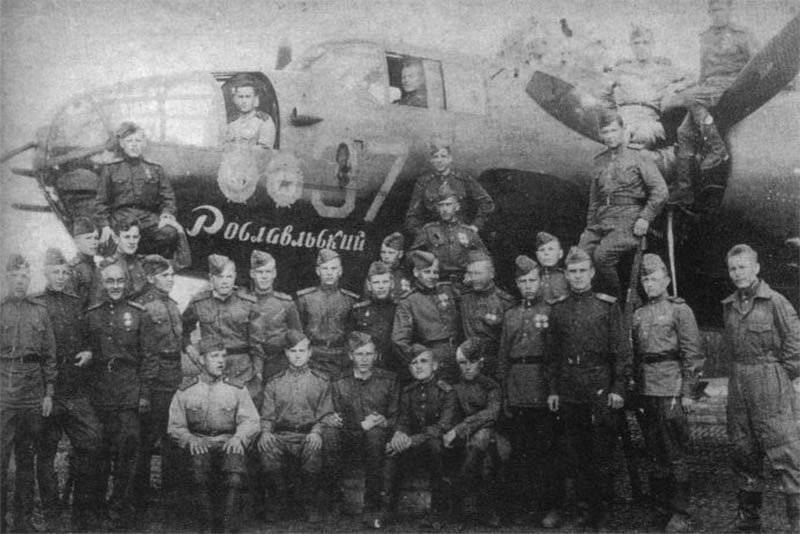
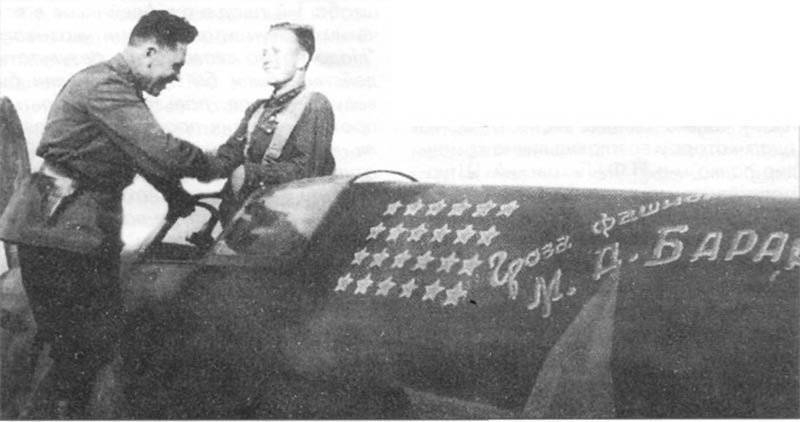
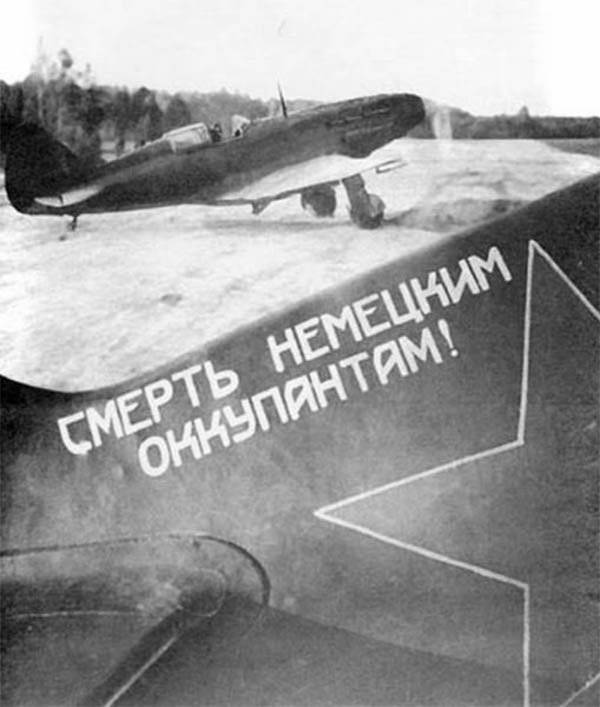
Individual pilots colorfully expounded their hatred of the enemy on the fuselages of combat vehicles in the form of slogans. "Death to the German invaders", sometimes resorting to stronger expressions. As war veterans testify, some inscriptions could be easily attributed to profanity. It seems that the commanders tried not to encourage such art and in their own way fought it.
At the same time, as in the years of the First World War, the tradition to place on business cards of pilots on airplanes was revived. Thus, the famous Soviet pilot-ace MD. Rams3 [following the example of the Russian aviator Warrant Officer OP Pankratova] wrote aboard his war machine in large letters “Thunderstorm fascists MD Rams. Such a brave pilot could afford. In a year and a half of the war, he made more than 200 sorties, personally shooting down 24 of the enemy aircraft. "Sometimes the aircraft names were limited to the initial word of the above phrase - "Thunderstorm" (September 1941, the Air Force of the Southern Front). Later, a famous Soviet pilot-ace, Hero of the Soviet Union, Captain V.F. Khokhlachev.
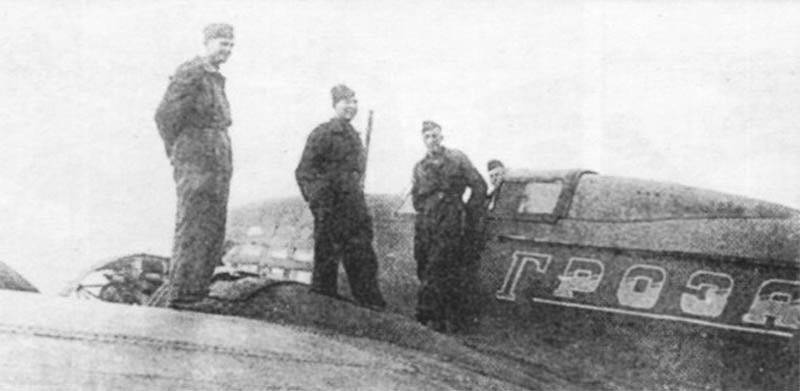
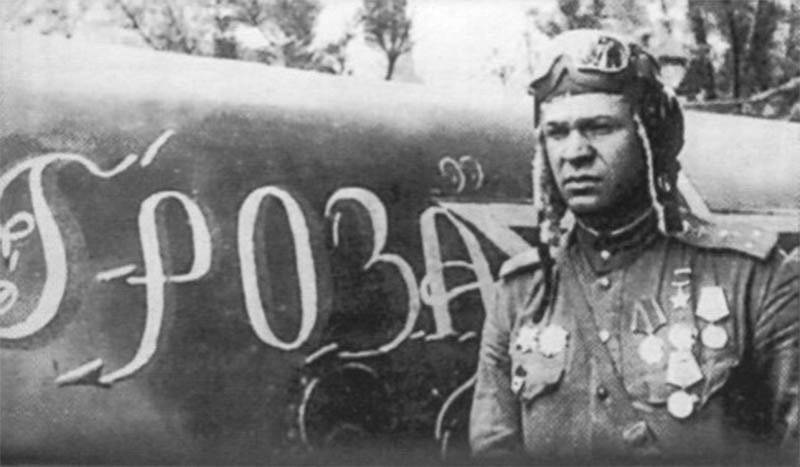
During the years of the Great Patriotic War, many labor collectives, according to the experience of 1920-1930, produced by saThe prayers were assigned various patriotic names reflecting the spirit of the times: "For Stalin", "For the Bolshevik Party", "For the Motherland", "For Moscow", "For Leningrad" etc. Most often, they were awarded exclusively to trained pilots (who had significant combat experience at the front). So, as part of the Air Force of the Northern Front in 1941, on the personalized fighter aircraft I-16 "For the USSR!" Junior Lieutenant S. Surzhenko fought. Also registered aircraft took part in the fighting during the battle for Moscow (1941-1942), the Battle of Stalingrad (1942 - 1943) and other strategic operations of the Great Patriotic War.
The names of prominent Russian commanders and military pilots who gained wide popularity in the country in connection with the release of 1930-1940-s on the fuselages of the combat vehicles got their spread. movies of the same name, including: "Alexander Nevsky", "Alexander Suvorov", "Valery Chkalov", "Chapayevts" (the last two names belonged to the aviation squadrons of the same name) and others. So, on a nominal plane "Alexander Nevskiy" The famous Soviet pilot, captain A.D. Bilyukin5 (196-iap, 324 iad, 7BA). He won his last victory in the sky of Northern Norway, knocking down German Me-1096. On the attack aircraft Il-2, named after the great Russian commander Generalissimo AV Suvorov, successfully crushed the Nazis crew military pilots VT. Aleksukhina and A.D. Ga-tayunova. Name A.V. Suvorov assigned himself and the crew of a reconnaissance aircraft from the 39-th separate reconnaissance aviation regiment.
Again, as in the pre-war years, the tradition was revived to reflect on the sides of the aircraft the names of the dead comrades, for whom the Soviet aviators swore to mercilessly avenge the enemy. Such inscriptions made up the majority of registered aircraft. Despite its diversity, for example: "Revenge for Khristenko" (566 th cap, Leningrad Front, 1944), «For Volodya!» (32-th Guards Iap, North-Western Front, Yak-9, 1943), «For Zhenya Lobanova» (North Air Force fleet, IL-2, 1943), etc., all of them had one orientation - to present the enemy with an account for fellow soldiers who died in battle. Sometimes such an inscription could be expressed as a whole sentence. So, on board the bomber aircraft (crew commander ~~ Major K. Ivantsov) it was written "Behind I am your brother, Vanya. I am a fascist beast. ” Later, the crew of this aircraft took part in one and the last strategic operation of the Red Army during the Great Patriotic War - Berlin (April – May 1945). Conducting an aerial bombardment of the capital of Nazi Germany, the pilots were fully able to count for their fallen comrade.
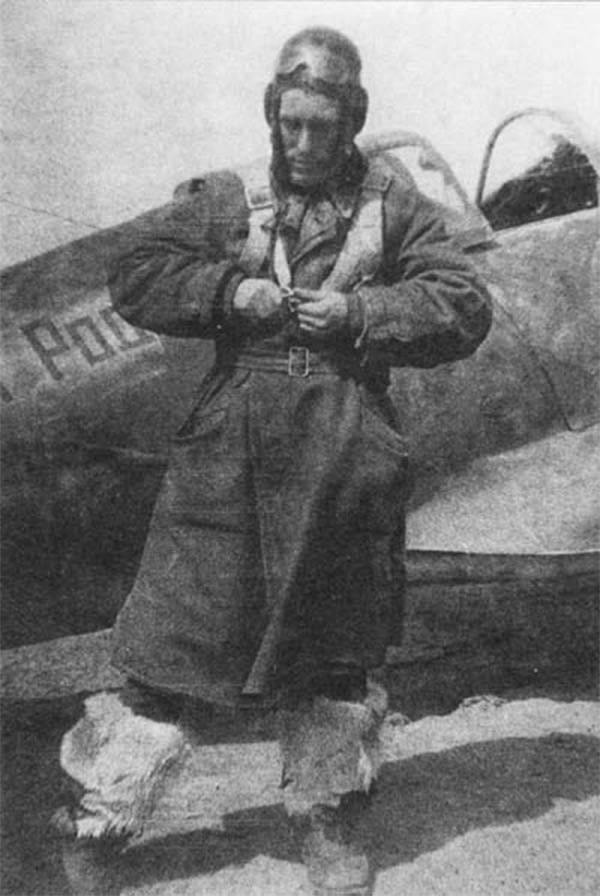
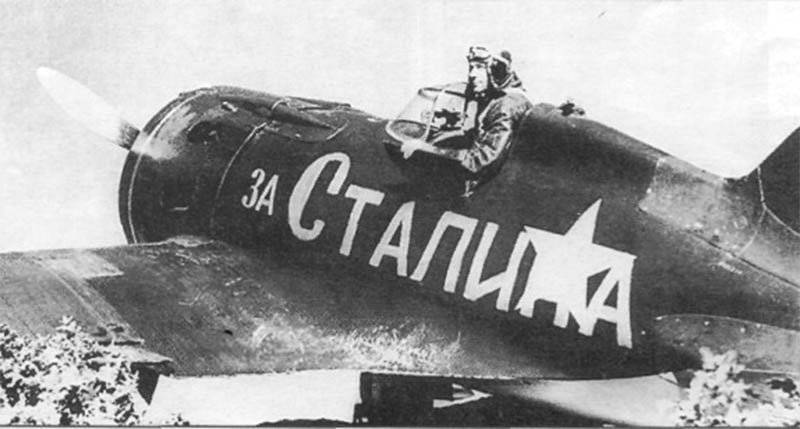
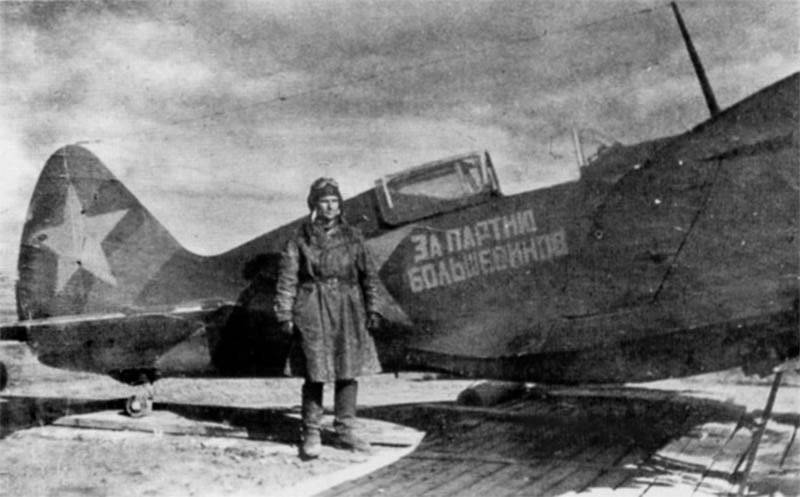
Sometimes Soviet pilots swore to avenge the enemy for people known in the country (dead) or fallen heroes. Famous ace pilot, commander of the 91 th Fighter Regiment, Major AS Romanenko8 aboard his fighter Yak-9 placed the name of 1943 tragically killed in January in a plane crash of the Soviet female pilot Hero of the Soviet Union MM. Raskovoy9.
Autumn 1943, A.S. Romanenko together with another fighter pilot A.I. Pokryshkiny10 He was recognized as the most productive pilot of the Red Army Air Force. He particularly distinguished himself during the Battle of Kursk (July-August 1943), for which he was awarded the title Hero of the Soviet Union. In fact, this title he received again. The first time the pilot was honored with a high rank in battles on the North-Western Front in 1942. But due to the forced captivity, he was deprived not only of the Hero's star, but of all the government awards received earlier. A year later, A.S. Romanenko reaffirmed his right to be the best of the best pilots of the country11.
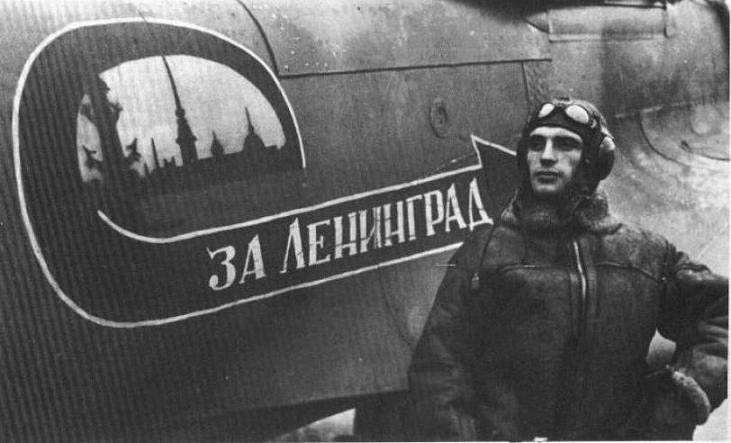
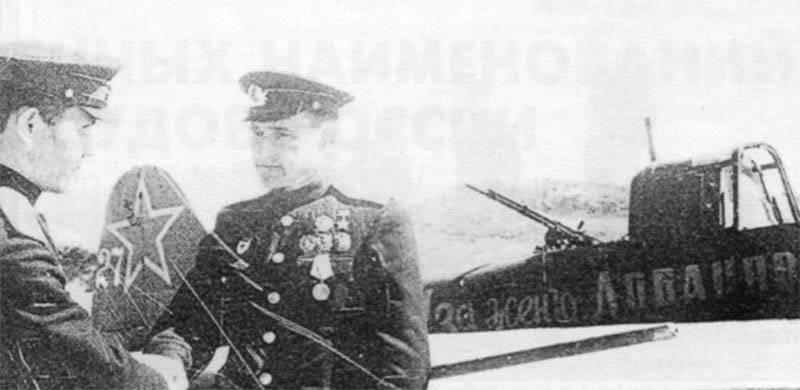
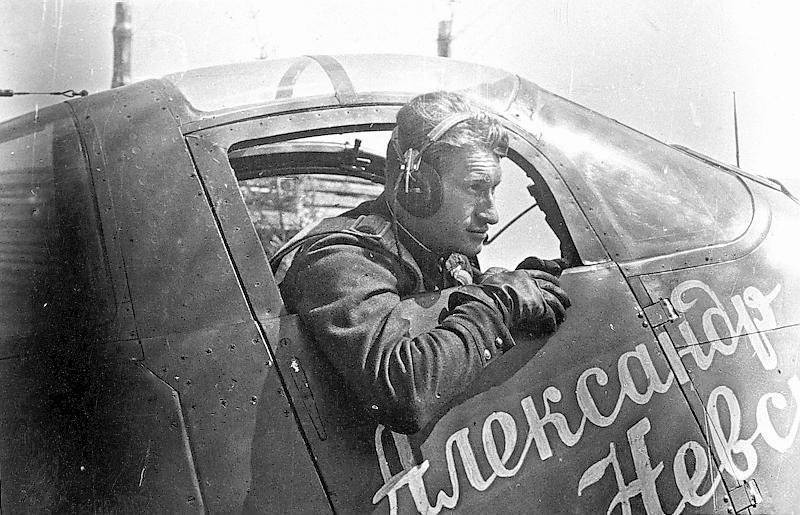
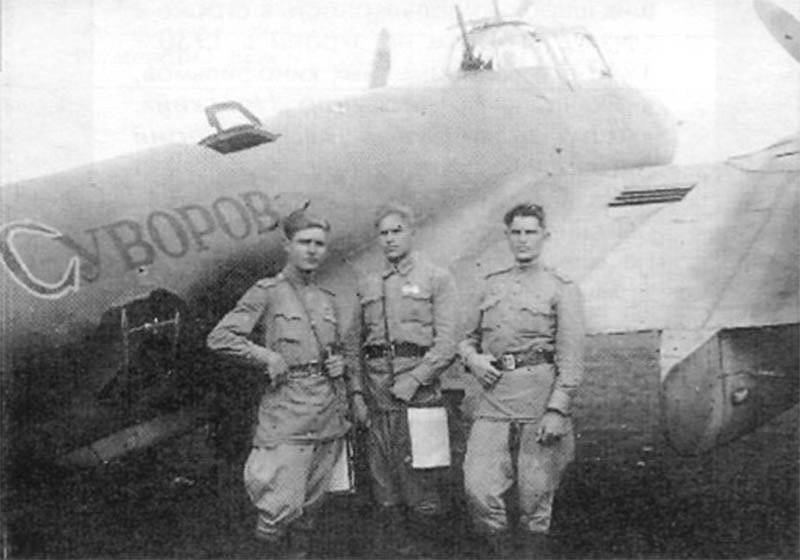
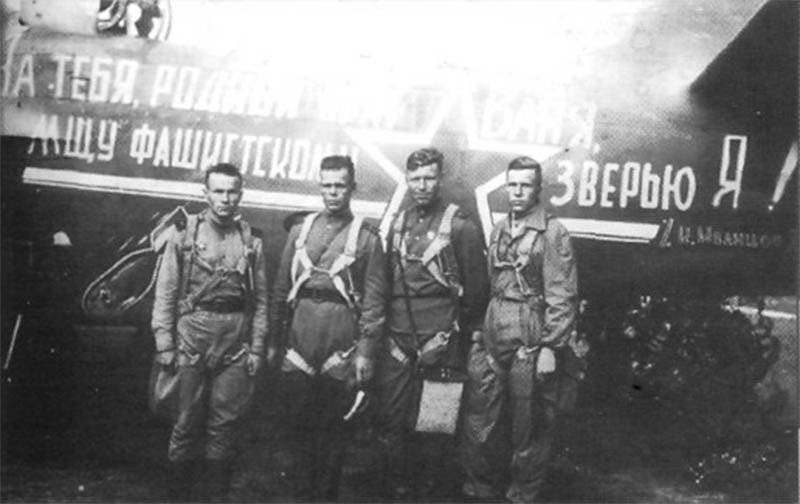
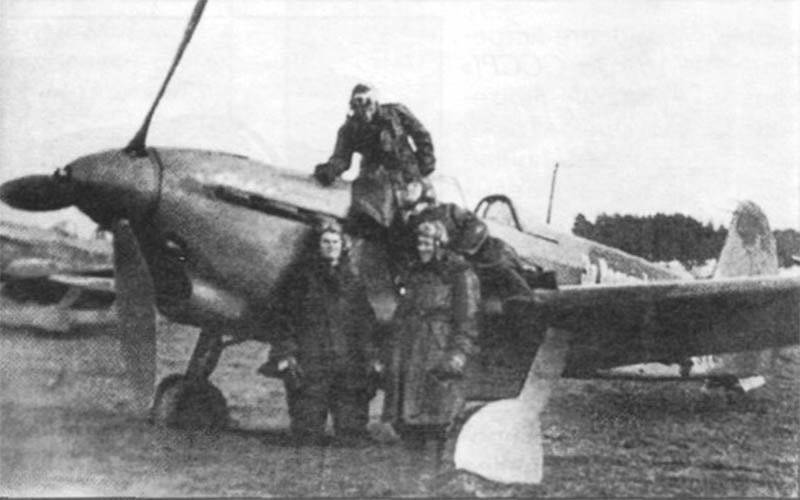
Another Soviet aviator captain Yu.I. Gorokhov12 before the start of the Battle of Kursk, as the best fighter pilot of the 162 th Fighter Regiment, the oldest Soviet Pushkin writer A.I. Novikov was awarded a registered plane "Alexander Pushkin". The idea of creating this personalized combat vehicle was timed to the 106 anniversary of the death of A.S. Pushkin, the initiator of which was made by A.I. Novikov. Thanks to his tireless work of popularizing the name of the great Russian poet in labor collectives, he was able to collect the amount of money needed for building an airplane in a short time.
From the telegram of I.A. Novikov Chairman of the State Defense Committee I.V. Stalin13
On the 106 anniversary of the death of Alexander Sergeevich Pushkin, with the warm support of the public and workers of the city of Kamensk-Uralsky, I spent a number of Pushkin evenings, speaking with separate chapters from my new novel about Pushkin. The people deeply honored the memory of their greatest poet, and this love that did not die for him allowed me to collect 100000 rubles for these evenings with Alexander Pushkin's combat aircraft. Let the combat aircraft, bearing the proud name of "Alexander Pushkin", take part in the liberation from the frantic enemy of our native land.
I ask you to include the Alexander Pushkin aircraft in the list of operating aviation.
Writer Ivan Alekseevich Novikov, Kamensk-Uralsky.
From the answer I.V. Stalin writer I.A. Novikov:
... Accept my greetings and thanks to the Red Army, Ivan Alekseevich, for your concern for the air forces of the Red Army. Your wish will be fulfilled.
I. Stalin.
In the summer of 1943, the Yak-7 nominal was built and incorporated into the Red Army Air Force.
From the telegram of Major General Aviation Volkov to the writer I.A. Novikov14
The funds collected by you were used to build the Alexander Pushkin fighter, which on 28 on June 1943 was transferred to the air force of the Red Army to the pilot, captain Gorokhov.
One of the crews of pilots vowed to avenge the enemy for the death of Komsomol Zoya Kosmodemyanskaya15whose feat, widely throughout the country, has touched the hearts of many Soviet soldiers. And such examples during the war years were not enough.
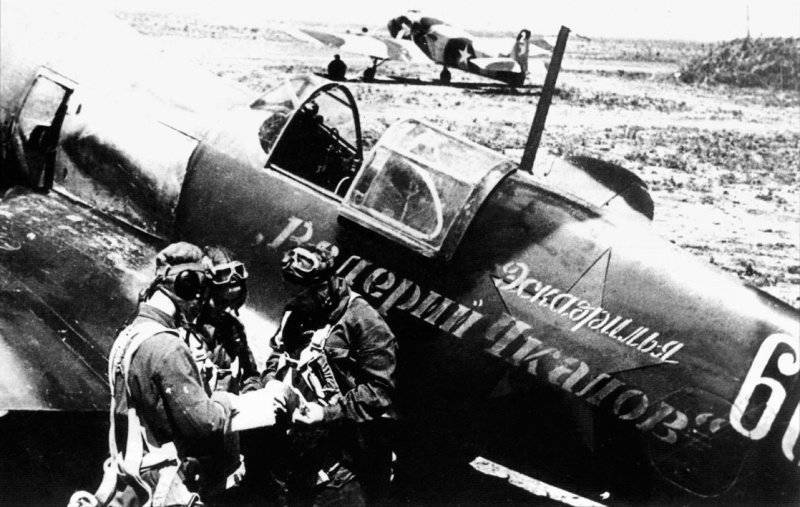
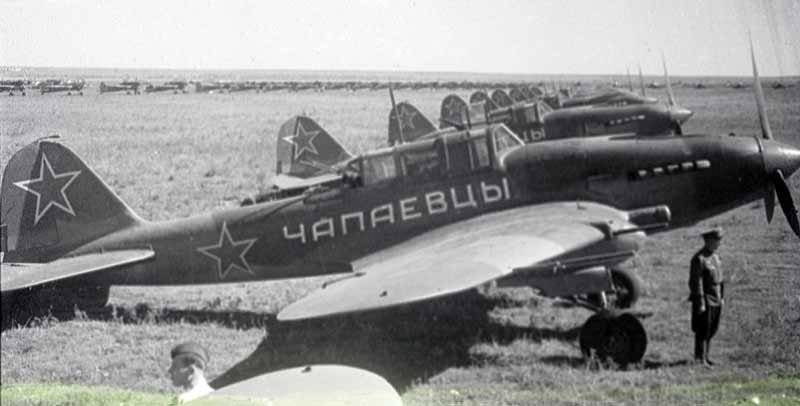
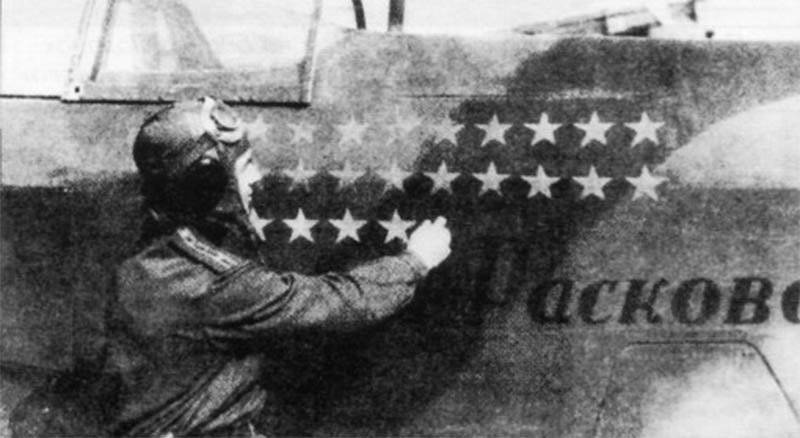
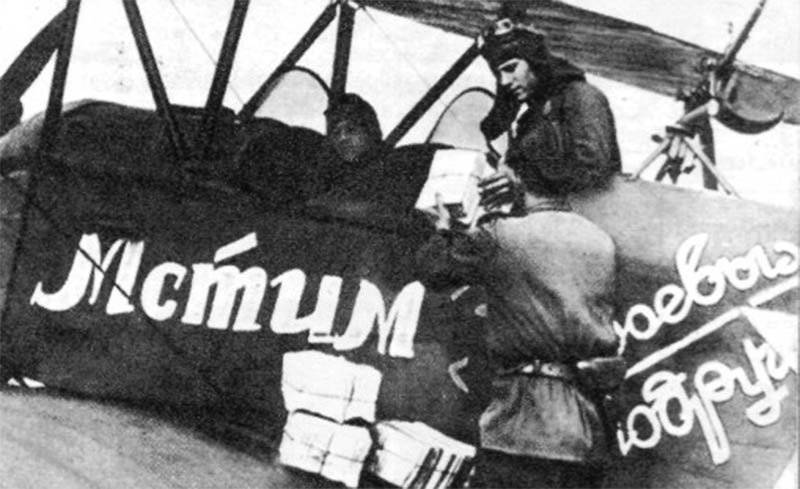
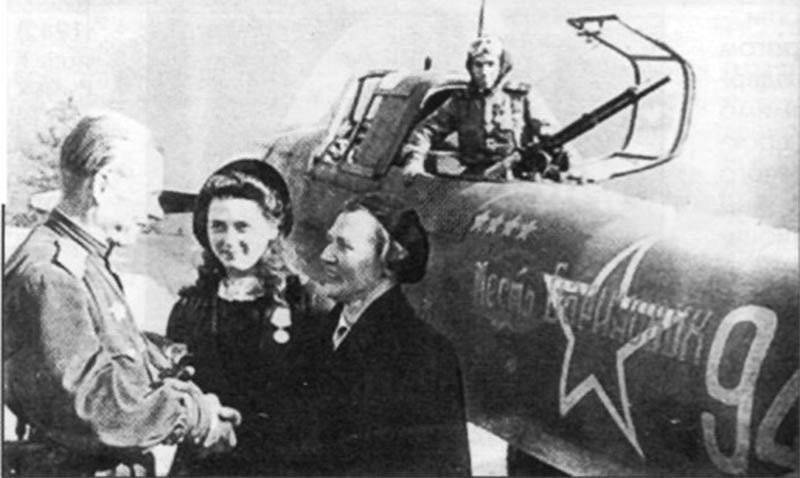
A large group of registered airplanes was also represented by aircraft collected using popular funds. As in the early days of the creation of military aviation in Russia, this tradition continued to bear fruit during the years of the Great Patriotic War, personifying the inextricable link between the army and society. Named airplanes to the front came from labor collectives, collective farms and state farms, and even individual wealthy citizens of our country. For example, on the La-5FN fighter aircraft, built on the personal funds of the collective farmer Vasily Konev, the famous Soviet pilot-ace Ivan Kozhedub16 won a series of air victories in the sky of Moldova in 1944.
A resident of the Krasnoyarsk Territory K.S. Shumkova also, using her personal funds, built the plane personally for the military pilot of the guard lieutenant colonel N. G. Sobolev, called "Krasnoyarsk Komsomol member". His namesake, Major A.P. Sobolev17who made more than 500 combat sorties during the war years and personally shot down 20 of enemy aircraft (in the summer of 1 943 was awarded the high title of Hero of the Soviet Union), during the period of 1943 -1 944. also fought on the name plane "Shilkinsky prospector" (L а-5).
He flew a personal plane and a fighter pilot Hero of the Soviet Union A.N. Katrich (in the future, Colonel-General of Aviation), who made 11 on August 1941, the first in stories World Aviation high-altitude air ram aircraft of the enemy. At an altitude of 9 thousand meters, the Soviet MiG-3 fighter intercepted a German Dornier-217 aircraft heading for Moscow. As a result of the collision, the German apparatus collapsed in the air, and the Soviet pilot managed to successfully land his car on the airfield of the regiment.
According to the estimates of researchers, personal airplanes from labor collectives that arrived in aviation were, in most cases, personal. So, the crew of the Soviet pilot G.M. Parshina (943 th Assault Aviation Regiment), the Baranov family handed over the plane, built at their own expense, with the inscription "Revenge Baranov" thereby reflecting the desire to make a contribution to the overall victory over fascism. In turn, the workers of the Altai Territory handed over to their countryman — famous pilot of the Hero of the Soviet Union I.F. Pavlov, a fighting vehicle with a corresponding inscription, as a sign of high appreciation of his courage and heroism at the front.
During the war years, many Soviet pilots flew on registered airplanes, presented to them in recognition of their military merit at the front. Among them were the famous pilot aces: A.V. Alelyukhin18, A.P. Shishkin19, S.D. Lugansk20, A.I. Vybornov21 , S. Horny and many others. Thus, the commander of the 52 th bomber aviation regiment, Major A.I. During the Battle of Stalingrad (1942 - 1943), Pushkin flew a Su-2 / M-82 aircraft with a dedication on board: "Present to the front of the workers of the Stalingrad district of Molotova17. On the plane of the commander of the squadron of the 5 th assault regiment of the Hero of the Soviet Union A. Putin was placed a drawing of an eagle soaring over the mountains, the image of which was complemented by the inscription "Caucasus".
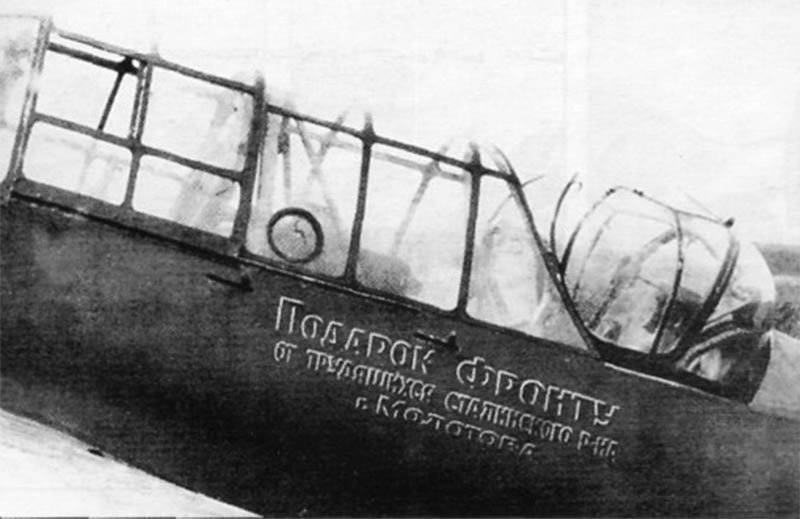
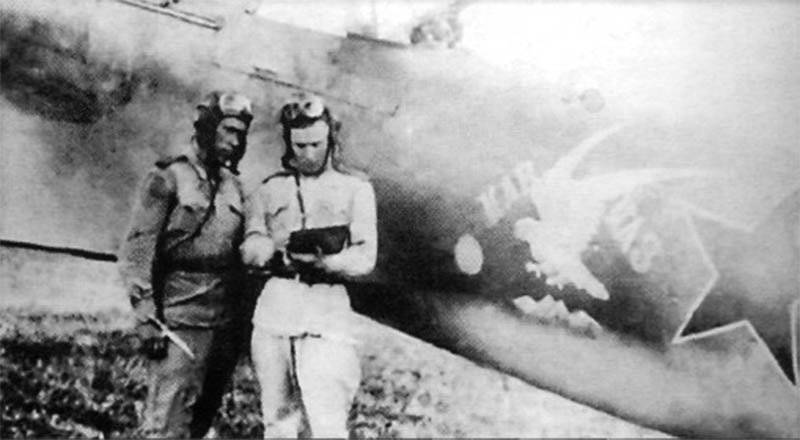
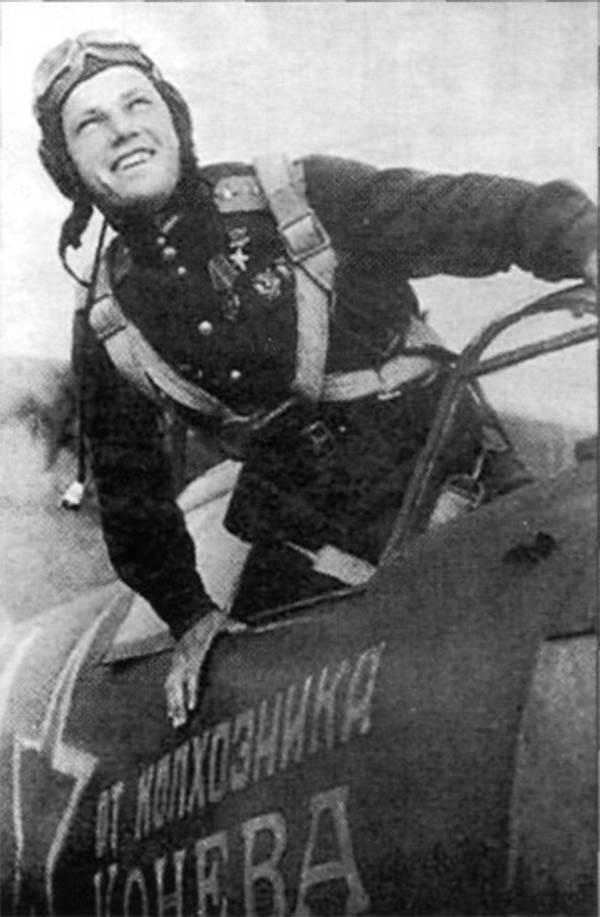
Lo-5FN famous Soviet pilot-ace Ivan Kozhedub, built on the personal funds of the collective farmer Vasily Konev,
As part of the 1 Guards Bomber Aviation Division23 in 1943 - 1945 a lot of registered airplanes flew, including "Pathfinder" (Pe-2), "BehindBaikal Komsomol member " (Pe-2) et al.
The enemy during the war years also sometimes gave different names to his aircraft. Most often they were devoted to wives or friends of girls pilots. You could also find the names of various animals or birds. Separate German aviators gave their own playful nicknames to their combat vehicles as their business card.24. But the Germans could not compete with the text art of the Soviet pilots.
Approaching victory over the enemy immediately reflected in the content of the side of the inscriptions. In addition to compelling "wishes" for the enemy, the instructions of the combat path that the personnel of an aviation unit or crews of individual aircraft went through during the war years began to be included. So, the Soviet pilot N.D. Panasov placed the inscription on his Pe-2 dive bomber "Leningrad - Koenigsberg", the inscription had a similar meaning "Stalingrad - Berlin". During this period, many aircraft were adorned with the slogan "Go to the West!" which became the main motto of the last months of the war.
With the end of the Great Patriotic War, registered aircrafts (with the exception of non-powered aircraft) practically disappear as part of the Air Force. The last of them can be considered planes like the Tu-2 personal squadron. "Moscow". According to available information, they were included in the aviation group, which was supposed to take part in the air parade in the sky of the capital of 18 in August 1945.
NOTES:
1 From 27 in October, 1944 was transformed into the 12-th Guards Assault Aviation Division.
2 By the directive of the General Staff of the SC from December 26 1944. The 2-th Guards Long-Range Aviation Corps was converted into the 2-th Guards Bomber Bryansk Aviation Corps.
3 Baranov Mikhail Dmitrievich [21.10.1921 - 15.1.1943] - Soviet military pilot-ace, captain, Hero of the Soviet Union (1942). He graduated from the Chuguev Military School of Pilots (1940). During the Great Patriotic War: fighter pilot, deputy commander of the 9 Guards Fighter Wing. Tragically died during a training flight (1943).
4 N. Bodrihin. Soviet aces. M., 1998. - C.28.
5 Bilukin Alexander Dmitrievich [11.9.1920 - 24.10.1966] -Soviet military pilot-ace, colonel, Hero of the Soviet Union (1944). He graduated from Borisoglebsk Military Aviation School (1940), the Air Force Academy (1957). During the years of the Great Patriotic War, he made 430 combat missions, participated in 35 air battles, personally destroyed 23 and an enemy aircraft in the 1 group.
Bodrihin. Soviet aces. M., 1998. C.31.
7 D. Khazanov. German Aces on the Eastern Front. 4.1. M.: RUSAVIA, 2004. -WITH. 119.
8 Romanenko Alexander Sergeevich [4.9.1912 - 6.11.1943] - Soviet military pilot-ace, major, Hero of the Soviet Union (1943). He graduated from Voroshilovgrad military aviation school (1935). He served in parts of the Kiev and Western special military districts. At the beginning of World War II he fought as part of the 32 th Fighter Regiment (IAP). He was awarded the title Hero of the Soviet Union, and later deprived of him because of the capture (1942). In September 1943, the commander of the 91 th iap. By November, 1943 was considered one of the most successful fighter pilots of the Red Army. In the period 1941 - 1943. made more 300 sorties, personally shot down near 30 and 6 in a group of enemy aircraft. Died by the fire of their anti-aircraft artillery (1943).
9 Information about Raskova MM in the next part of the article.
10 Pokryshkin Alexander Ivanovich [21.02 (6.3) .1913 - 13.11.1985] - Soviet military leader, Air Marshal, three times Hero of the Soviet Union (May, August 1943, 1944). In military service with 1932. He graduated from the Perm Aviation School of Aviation (1933), Kachin Aviation Pilot School (1 939), the Military Academy. Mv Frunze (1948), Higher Military Academy (1957, now the Military Academy of the General Staff). From 1934, the technician of the aviation link of the rifle division, later the junior pilot of the fighter regiment. During the Great Patriotic War: Deputy Commander and Squadron Commander, from November 1943 Assistant Commander, from March 1944 Commander of the Guards Fighter Aviation Regiment. From May 1944, the commander of the 9-th Guards Fighter Aviation Division. He flew over 600 combat missions, conducted 156 air battles, shot down 59 enemy planes. His tactical experience was adopted by many Soviet aces. After the war, he served in the Air Defense Forces of the country. From January 1949, Deputy Commander, from June 1951, Commander of the Air Force Fighter Corps, from February 1955, Commander of the Fighter Aviation of the North Caucasian Army Air Defense. From 1957 the commander of the 52 th air defense fighter army, from February 1961 the commander of the 8 th Air Defense separate army - deputy commander of the Kiev military district for air defense. Since July, 1968, Deputy Commander-in-Chief of the Air Defense Forces of the country. Since January 1972, the chairman of the Central Committee of the USSR DOSAAF. From November 1981 in the Group of Inspectors General of the USSR Ministry of Defense.
11 N. Bodrihin. Soviet aces. M., 1998. - S. 173-1 74.
12 Yuri Ivanovich Gorokhov [1.8.1921 - 1.1.1944] - Soviet military pilot-ace, captain, Hero of the Soviet Union (1944). He graduated from 1-e Chkalovsk military aviation school (1939). During the Great Patriotic War, he made 350 combat missions, participated in 70 air battles, personally shot down 24 and 10 in a group of enemy aircraft. Died in battle (1944).
13 EAT. Kirponos, M.N. Novikov. At the fighter "Alexander Pushkin". M., 1981. - C.41.
14 Ibid. С42.
15 Kosmodemyanskaya Zoya Anatolevna (Tanya) [1923 - 1941] is a partisan, the first woman is a Hero of the Soviet Union (1942, posthumously). Secondary school student No. 201 (Moscow). In October, 1941 volunteered for the partisan detachment. In November, 1941 was captured while performing a mission in the rear of the enemy. After brutal torture executed (1941).
16 Kozhedub Ivan Nikitovich [8.6.1920 - 8.8.1991] - Soviet commander, Marshal of Aviation (1985), three times Hero of the Soviet Union (02.1944, 08.1944, 1945). In military service with 1940. He graduated from the Chuguev Military Aviation School of Pilots (1941), the Air Force Academy (1949), the Higher Military Academy (1956, now the Military Academy of the General Staff). During World War II: an instructor pilot at a military aviation school, a senior pilot, flight commander, 240-iap squadron (1943), deputy commander of the 176-th Guards Fighter Aviation Regiment (1944-1945). During the war years, he made 330 combat missions and shot down 62 of an enemy aircraft (including a jet 1). Since June 1949, Deputy Commander, in 1950-1955. Commander Fighter Division. From November 1956, the head of the Air Force Combat Training Directorate, from April 1958, 1, Deputy Commander of the Armed Forces, from January 1964, 1, Deputy Commander of the MVO Aviation. In 1971-1978 1-th Deputy Chief of Combat Training of the Air Force. From 1978 to 1991 in the Group of Inspectors General of the USSR Ministry of Defense.
17 Sobolev Afanasy Petrovich [1.5.1919 - 10.2.1958] - Soviet military pilot-ace, colonel, Hero of the Soviet Union (1943). He graduated from Bataysk Military Aviation School (1940), Higher theoretical and flight courses. In the period 1941 - 1943. He fought on the South-West, Volkhov. Kalinin fronts. Since the summer of 1943, the commander of the 2 Guards Fighter Aviation Regiment. Tragically died in the control flight (1958).
18 Alelyukhin Aleksey Vasilyevich [30.3.1920 - 1990] - Soviet military ace pilot, major general of aviation, twice Hero of the Soviet Union (August, November 1943). In military service since 1938. Graduated from the Military Aviation School. V.P. Chkalov (1939), Military Academy. M.V. Frunze (1948), the Higher Military Academy (1954). During the Great Patriotic War: fighter pilot, flight and squadron commander, deputy commander of the 9th Guards Fighter Aviation Regiment. During the war years, made 601 sorties, personally shot down 40 enemy aircraft and 17 in the group. In the post-war period as a teacher at the Air Force Academy. Since 1961, he was deputy commander of an aviation division, chief of intelligence of the Air Force of the Moscow Military District, and deputy chief of staff of an air army. 1974 - 1985 Deputy Chief of Staff of the Air Force of the Moscow Military District.
19 Shishkin Alexander Pavlovich [12 (25) .2.1917 - 21.7.1951] - Soviet military pilot-ace, colonel, Hero of the Soviet Union (1943). He graduated from the Kachin Military Aviation School (1938). He served in positions: instructor pilot, flight commander. During the years of World War II, he made 250 combat missions and personally shot down 20 enemy aircraft. Tragically died while performing a training flight.
20 Sergey Lugansky Danilovich [1.10.1918 - 16.1.1977] - Soviet military pilot-ace, major general of aviation, twice Hero of the Soviet Union (1943, 1944). In military service with 1936. He graduated from the Orenburg military school of pilots (1938), the Air Force Academy (1949). In 1938 - 1941 junior pilot, deputy squadron commander. During the Soviet-Finnish War (1939-1940) made 59 combat missions. During World War II: deputy commander and squadron commander, commander of the 270 th Fighter Wing. Over the years of the war, 390 carried out combat missions, shot down 37 personally in air battles and in group battles of 6 enemy planes, including 2 with a battering ram. After the war, he served in the Air Force and in the country's air defense. In 1945 ~ 1949 commander of the air regiment, from 1 949, deputy commander, from 1952, commander of the air division. In 1960 - 1964 deputy commander of an air defense corps.
21 Vybornov Alexander Ivanovich [b. 17.9.1921] - Soviet military ace pilot, lieutenant general of aviation, Hero of the Soviet Union (1945). Graduated from the Chuguev Military Pilot School (1940), the Air Force Academy (1954). During the years of the Great Patriotic War, he flew 190 sorties, conducted 42 air battles and personally shot down 20 enemy aircraft. After the war, he served as the commander of an aviation regiment and an air division. In 1965 he was the chief of combat training of the country's air defense fighter aviation. He took part in the Arab-Israeli war (1967). Since 1968 inspector of the USSR Ministry of Defense.
22 D. Khazanov. N. Gordyukov. Su-Xnumx. Middle bomber. - M .: Technika — Youth Publishing House, 2. - C.1999.
23 The 1-th Guards Bomber Kirovograd Red Banner Order of Bogdan Khmelnitsky Aviation Division was transformed from the 263-th Bomber Aviation Division. Order of the USSR NKO from 18 March 1943
24 D. Khazanov. German Aces on the Eastern Front. 4.1. - M .: RUSAVIA, 2004. -S.35.
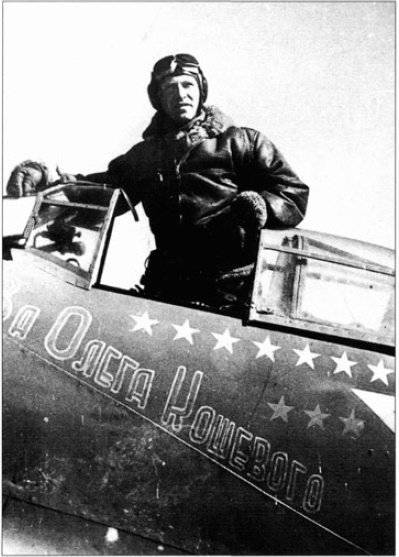
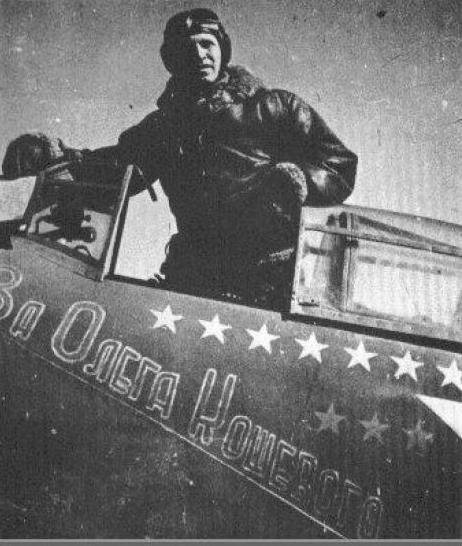
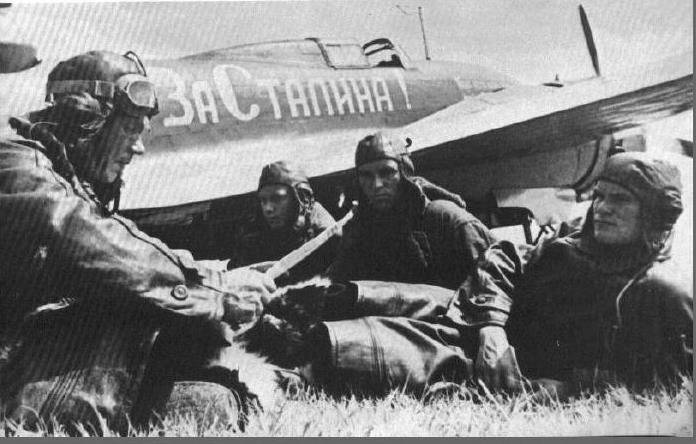
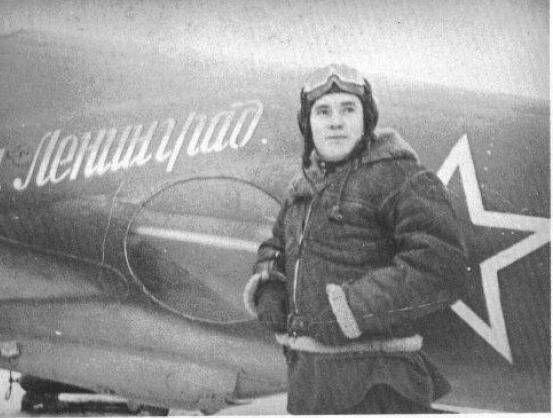
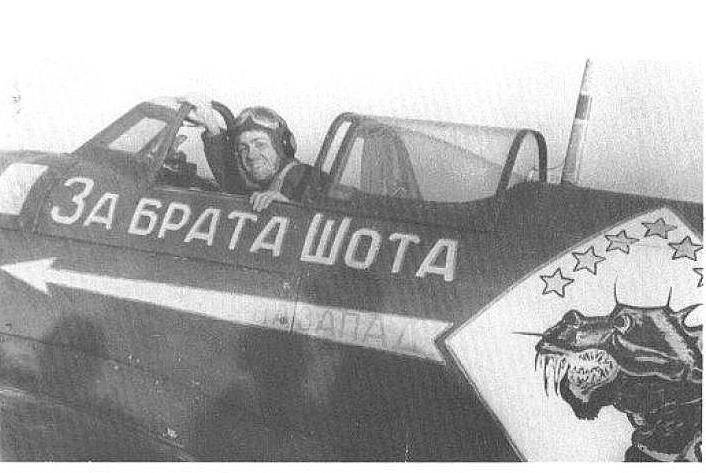
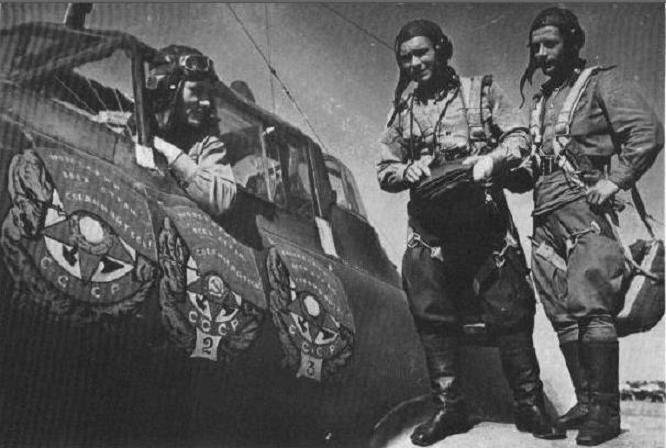
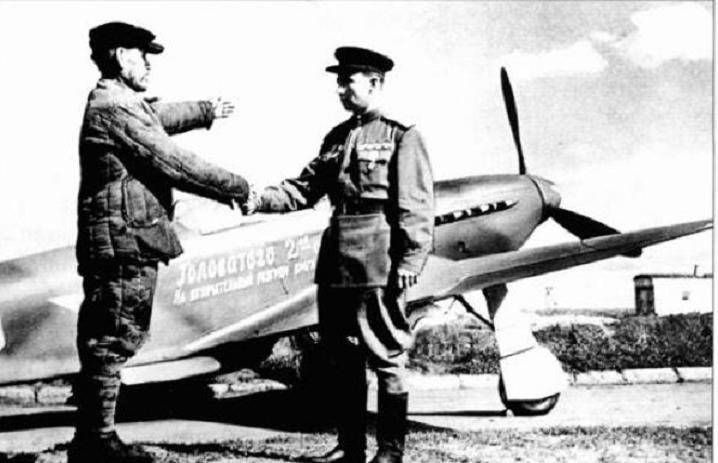
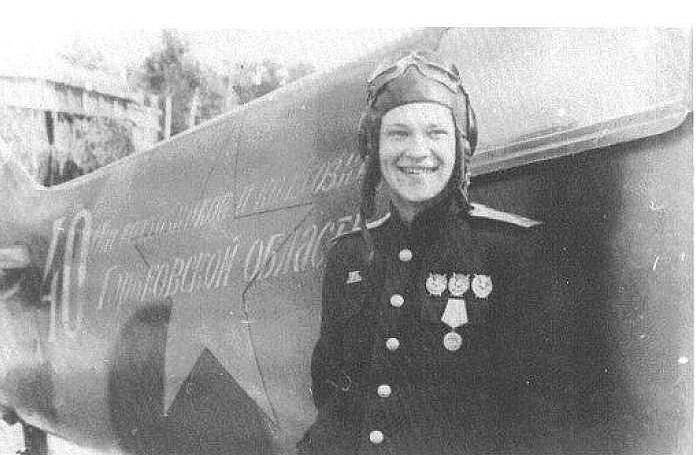

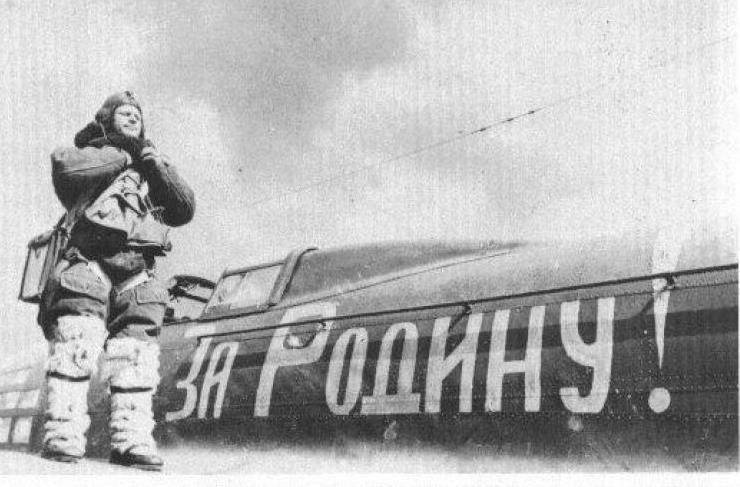
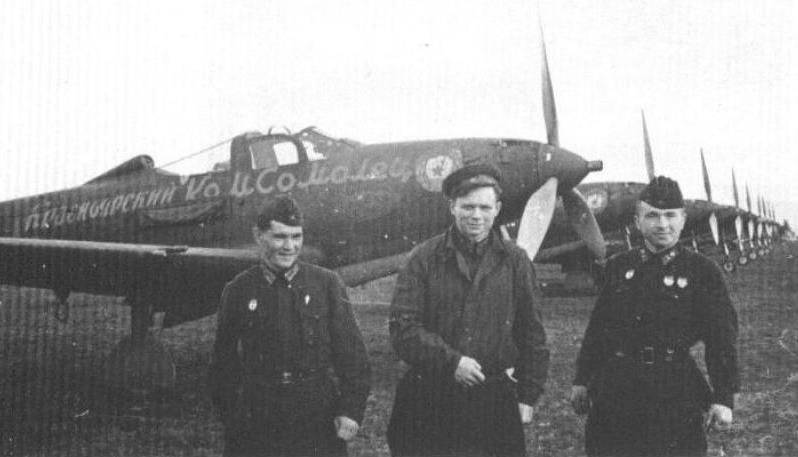
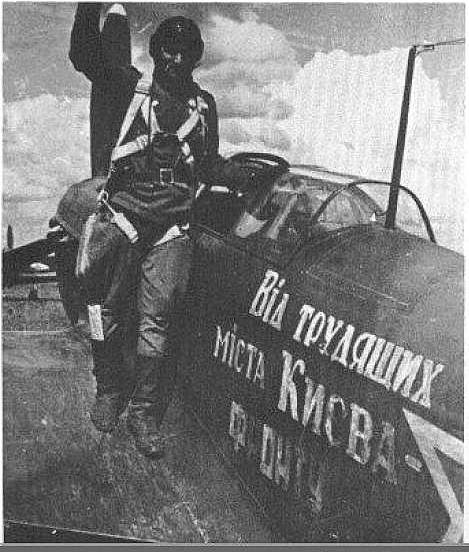
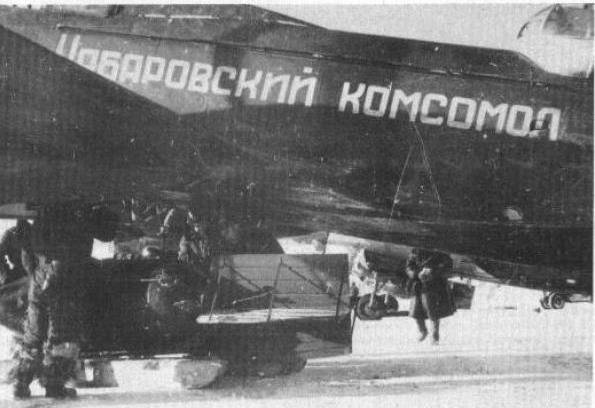
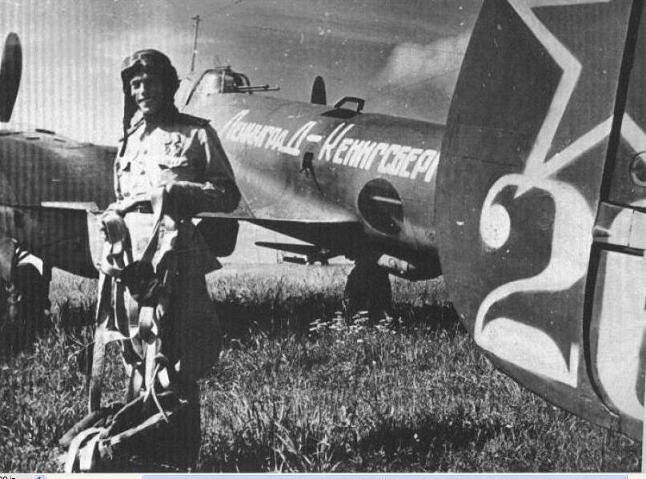
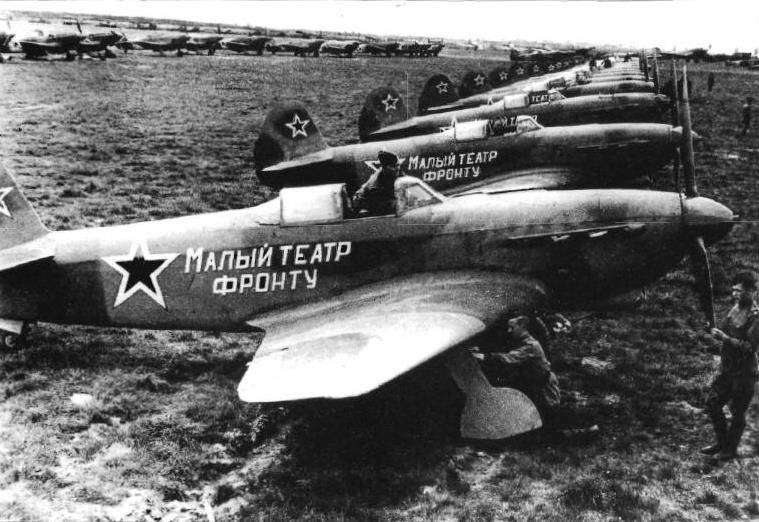
- A. Lashkov
- From the history of own names of aircraft of Russia, 1885-1917 years
From the history of own names of aircraft of Russia, 1918 - the end of 1920
From the history of own names of aircraft of Russia, 1930-s
From the history of the own names of the aircraft of Russia during the war
From the history of Russia's own names of aircraft in the postwar period
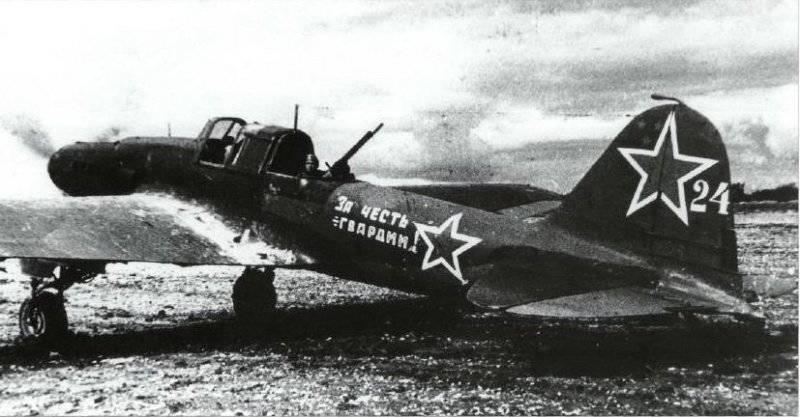
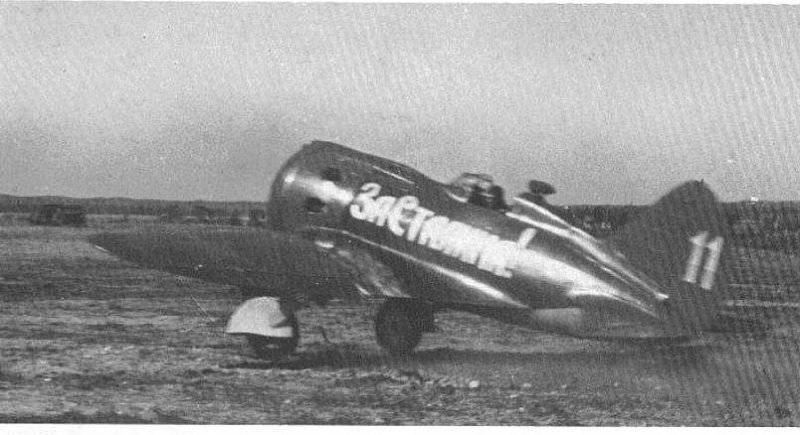
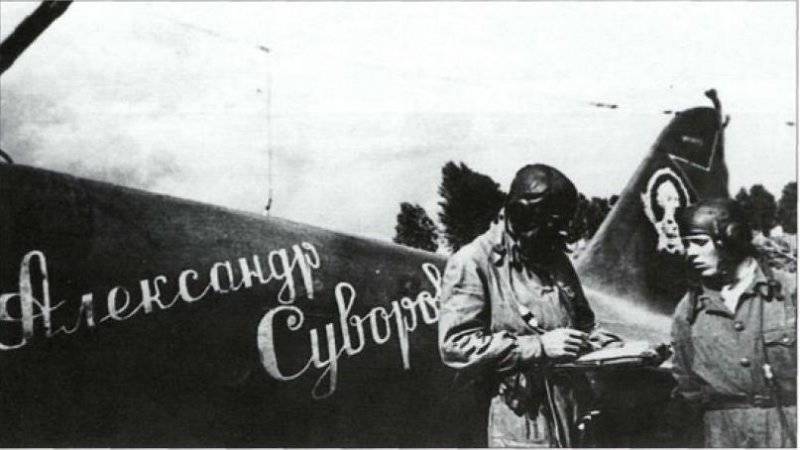

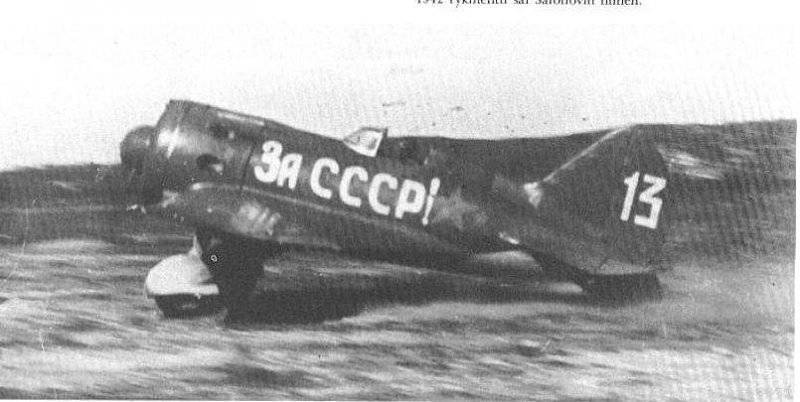
Information